Hello Helsinki
One of my cousins is a brilliant mechanical engineer working in Finland on the construction of the largest cruise ship in the world, so I figured it would be a perfect opportunity to pop by for a quick visit.
Finland is one of the larger countries in Europe but its most sparsely populated, with just over 5 million inhabitants. Actually part of the Swedish kingdom from the 13th century on, the Finns and Swedes successfully fought off two Russian invasion attempts in the early 18th century. Alas, on their 3rd try the Russians proved successful and in 1809 Finland became a Duchy in the Russian empire.
The Soviet revolution a century later in 1917 provided the window Finland needed to break away, and after a brief civil war Finland gained independence for the first time in over 700 years. But a mere 22 years later, the infant country was hit with the Second World War.
WWII saw Finland fight three wars. First the Soviets attacked in 1939 in what is known as the Winter War. The Soviets had four times as many soldiers as the Finns, 30 times the aircraft and 218 times the number of tanks and expected to win the war in 10 days. The Finns proved remarkable and highly motivate fighters, however, and by March 1940 the Soviets gave up with substantial military losses and signed a peace treaty. (This was actually quite embarrassing for the Soviet Union and is part of what led Hitler to believe that the country was military inept and could be conquered relatively easily.)
Soviet military threat and pressure remained, however, so with little to no help forthcoming from Sweden or the Allies, Finland accepted the military aid of Nazi Germany. When Hitler invaded the Soviet Union in June of 1941, the Soviets retaliated in part by bombing Finnish cities which had German garrisons. Finland in turn declared war on the Soviet Union and participated in Hitler’s advance into the country, including fighting in the famous Battle of Stalingrad. As a result of Finland’s association with Germany, Great Britain formally declared war on Finland (although no fighting ever took place between the two countries.)
Of course the tide of the war changed and the Soviet Red Army eventually stopped and pushed back Hitler’s forces all the way back to Berlin. This led to an armistice between Finland and the Soviet Union, one major condition of which was that Finland had to expel the Nazi Germans from Finland.
And so Finland found itself fighting a third war, this time against their previous allies the Germans from late 1944 to 1945, and after successfully completing this post-war Finland was forced to pay heavy reparations to the Soviet Union.
Although technically part of Nazi Germany’s Axis allies, Finland was nevertheless an unusual player in the war. As Wikipedia notes:
“During World War II, Finland was in many ways a unique case. It was the only European country which bordered the Soviet Union in 1939 and was still unoccupied in 1945. Of all the European countries fighting in World War II, only three European capitals were never occupied: Moscow, London and Helsinki. It was a country which sided with Germany, but in which native Jews and almost all refugees were safe from persecution. It was the only co-belligerent of Nazi Germany which maintained democracy throughout the war. It was also the only belligerent in mainland Europe to do so.”
A very socialist state for much of the post-war period, Finland has deregulated significant portions of its economy and cut taxes in recent years, and it joined the European Union in 1995. One of the country’s biggest issues is its low fertility rate and hence ageing population, with the current median age at almost 42 years old.
A few photos from the Helsinki harbour and nearby little islands:
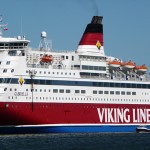
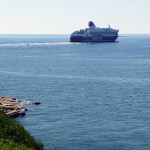
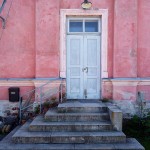
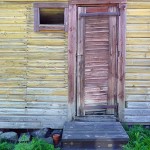
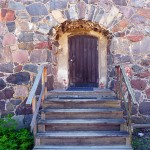
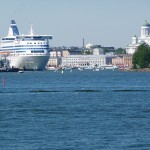
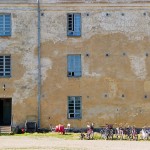

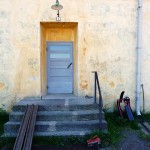
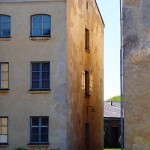
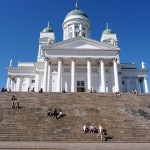
 Click to subscribe via RSS feed
Click to subscribe via RSS feed
